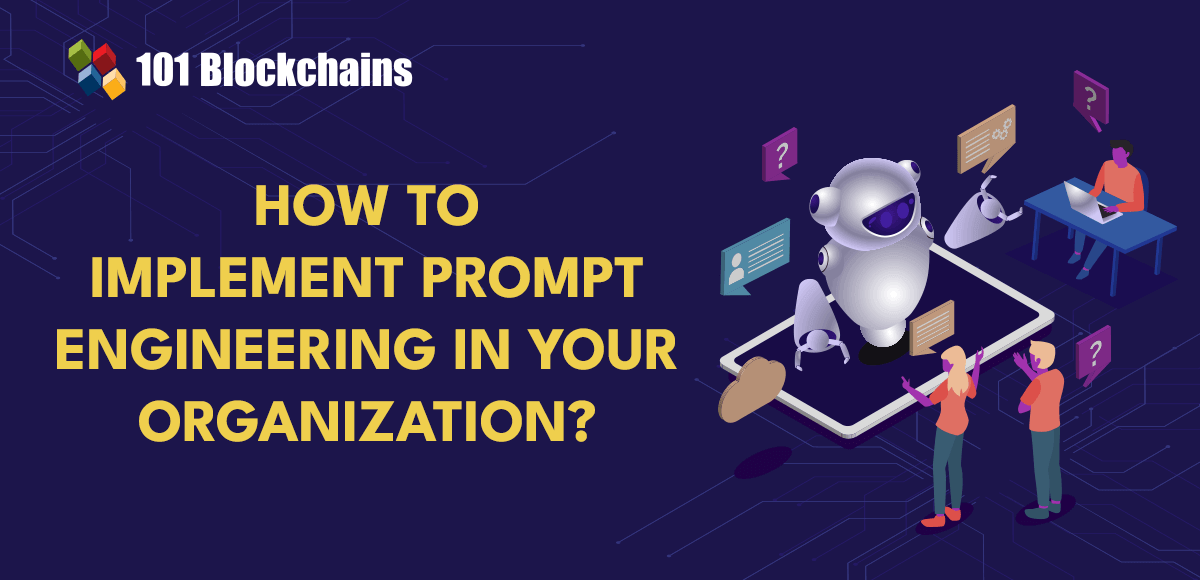One of the things that has often frustrated me about the rise of cloud computing is the assumption that mainframes are on their way out. I’ve consistently argued that not all applications and data sets are suitable for the cloud, especially those that are currently on mainframes.
Despite being laughed at for this perspective, adoption trends have proven me right. It’s not a rejection of cloud computing itself, but rather a practical consideration.
There will always be applications and data sets (more than you might think) that are not feasible to move to the cloud. This is what I refer to as the point of saturation, where we have moved most practical applications to the cloud. Mainframe applications are a big part of this.
It’s possible
Some argue that tools and technologies exist to migrate older mainframe applications to the cloud. These tools set up emulators and code converters to run mainframe applications on public cloud providers.
While this is an option, it may not always be the best choice. Consider the added cost, risk, and the fact that these applications will likely hold value for much longer than expected.
A survey by Advanced, an application modernization firm, found that while digital transformation is a priority, it doesn’t necessarily spell the end for mainframes. Only 6% of respondents believed alternative technologies would replace mainframes soon.
More than half of companies (52%) plan to maintain or increase their reliance on mainframes. Additionally, half of respondents prefer mainframes for core applications (56%).
Coexistence is crucial
I believe an integration and coexistence strategy is a better approach, depending on how an enterprise utilizes mainframes. Even with the growing interest in generative AI, where mainframes may not be the top choice, they still serve as a primary source of training data and historical data.
We should consider mainframes along with other platform options. Sometimes the cloud is best, other times edge computing, and in some cases, mainframes continue to offer value. It’s a case-by-case evaluation that may not please everyone, but it’s often the right answer.
This approach creates a digital ecosystem with various platforms tailored to specific use cases. Enterprises must improve their ability to manage complexity and heterogeneity, as many struggle with operational complexities and lack of financial oversight in cloud deployments. Whether using mainframes or not, this challenge must be addressed.
I’m not advocating for mainframe platforms exclusively, as they come with challenges such as a retiring workforce and a lack of talent. However, professionals who understand both mainframes and cloud-based platforms are in high demand and command higher salaries. The key is to use the platform that delivers the most value to the business, regardless of what that platform may be. This should be the primary goal for architects.
Copyright © 2024 IDG Communications, Inc.






















